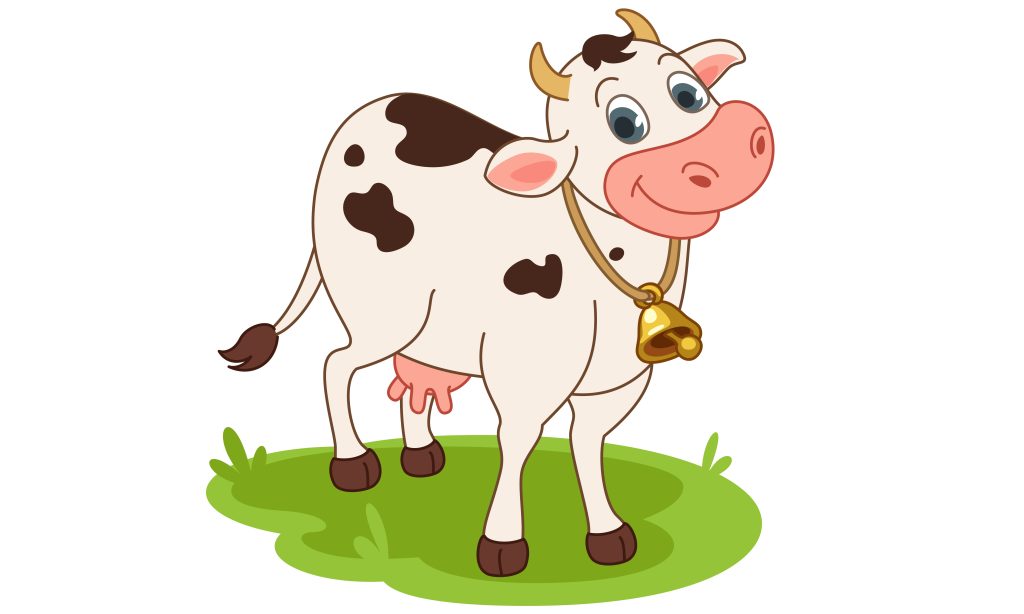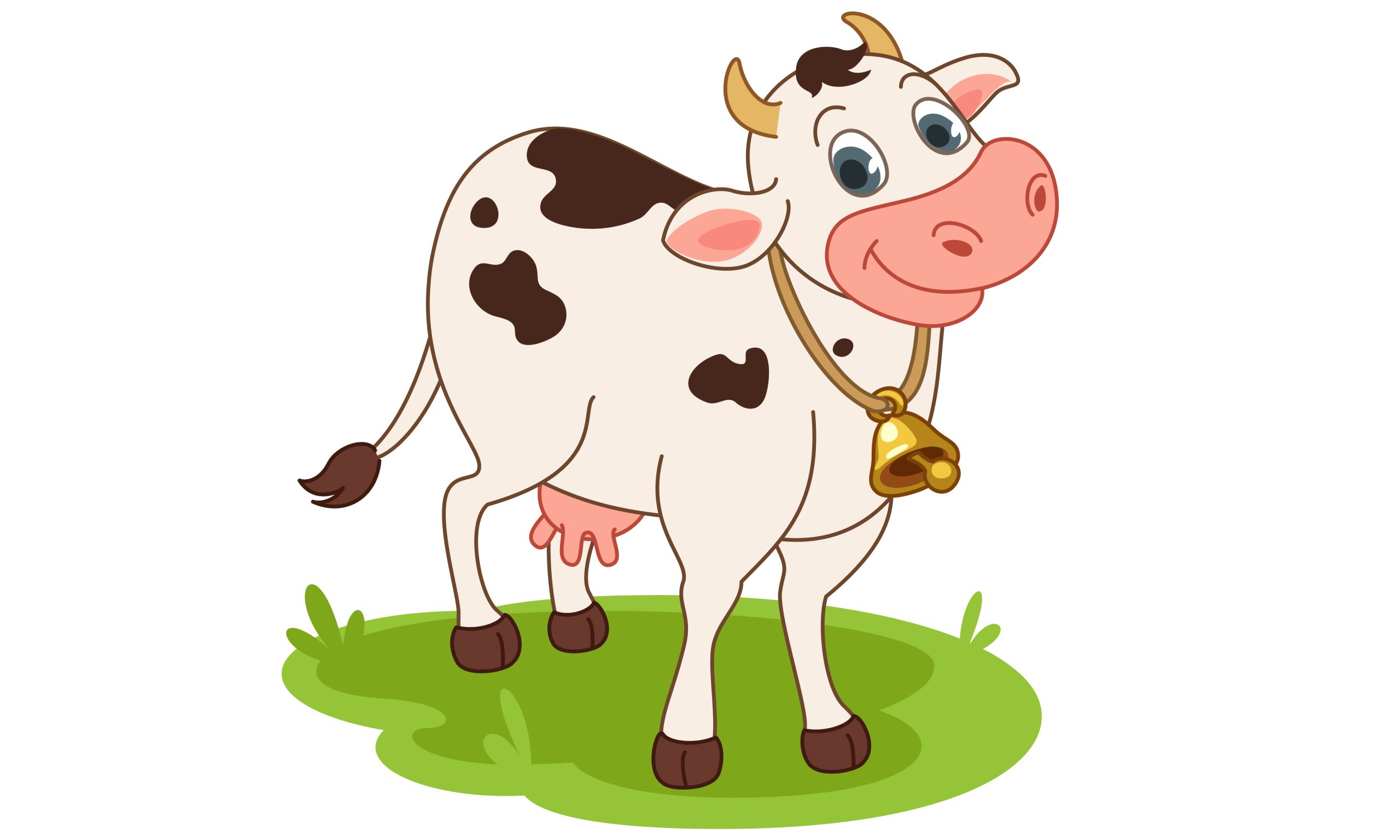In this article, we can learn How to determine the age of the cow?
Knowing the age of cattle is very important for animal husbandry and marketing. Not only that, if you do not know how to determine the age of the animal, then you will be in a lot of trouble when buying a cow at the time of sacrifice. How to determine the age of the cow.
Maybe the cow seller will sell you cows that are not yet suitable for sacrifice or very old cows. For example, if you buy a cow under two years old, it will not be sacrificed. If you buy an older cow, its meat cannot be eaten. So if you don’t want to fall into such a paradox in the future, it would be wise to know “How to determine the age of cattle”.
How to determine the age of the cow? – How to tell a cow’s age by her teeth – Cattle age determination – Using Dentition to Age Cattle – Methods Of Determining Age Of Cattle
If the date of birth of the cow is registered then the age can be determined from the registered date of birth. But don’t worry if you haven’t registered yet! You can be sure of the age of the cow just by looking at the cow’s teeth. Age determination of cattle by looking at teeth is a very common method in our country If you want to determine the age by looking at the teeth, you have to get an idea about the teeth, right? Let’s first know some facts about cow teeth!
A brief idea about cow teeth:
Cows generally have two types of teeth.
temporary teeth
permanent teeth
The number of temporary teeth in cows is 8 And the number of permanent teeth is 32. Like humans, after a certain age, the temporary teeth of cows fall out and the permanent teeth grow. The lower jaw has 8 permanent teeth. But the upper leg has no teeth. There is only a hard part of the gum called the dental pad. Therefore, the permanent teeth of the lower leg should be observed while determining age.

Permanent and temporary teeth are again of three types.
Incisors
Molar
Pre-molars
The front 8 teeth of the lower jaw are incisors. And on the inside of the upper and lower jaws, 6 molar and pre-molar teeth help to chew.
Now let’s know about the method of determining age by looking at teeth:
Temporary teeth begin to erupt within one month of birth. But there are easy ways to identify temporary teeth! Temporary teeth are smaller and whiter than permanent teeth.
8 temporary incisors erupt within one month of birth.
Within a year of birth, the two middle front temporary teeth fall out and the two “permanent” (incisor) teeth erupt. Tooth 2 is considerably more significant than the two adjacent teeth in size.
When the cow is two to two and a half years old, the front permanent teeth (incisors) become larger.
Between two and two-and-a-half years, two more permanent teeth erupt on either side of the middle two permanent teeth. As a result, the number of permanent teeth in cows becomes four in two and a half years after birth.
By the age of three, the two permanent teeth on the side also take full shape.
When the cow is three years old, two more teeth appear beside the four permanent teeth. As a result, the number of permanent teeth is six.
When the cow is four to five years old, all eight permanent teeth of the lower legs appear.
At the age of five-six years, the two middle front teeth become equal and the side teeth also start to decay
In this way, you can easily determine the age of the cattle by looking at the teeth and selecting the right animal.
From the birth of the world till today, the most important animal besides humans is the cow. Cows can survive very easily in nature, being calm in nature. Cows gradually became domesticated animals due to human needs. Because cows help people economically.
Size: Since ancient times people have kept various animals at home. All these animals kept at home are called domesticated animals. Among the domesticated animals we are most familiar with is the cow. Cows are herbivores with four legs. Cows are quite large in size. A cow has one nose, two eyes, two ears and two horns on its head. The cow also has a tail. White, black, brown colored cows can be seen. The whole body of the cow is covered with small hairs. Besides, there is a tuft of hair at the end of the cow’s tail. Herbivores feed on grasses, leaves, weeds, rice fan etc. in the air.
Personality: Cows are quite calm in nature, however, there is a slight change in temperament between male and female cows. While Sri Guru is calm by nature, male cow or bull is a little different in temperament. A baby cow is called a calf and a male cow is called a bull or a bull.
Benefits of Cows: Cows are very useful animals. Cow gives us milk. Besides, various kinds of food and sweets are prepared from cow’s milk, such as curd, ghee, milk, butter etc. Cow dung is also very beneficial, as dung is made from cow dung. That lump is used to light the fire. Moreover, dung water is used in religious ceremonies of Hindus. Not only that, biogas is made from cow dung. Decomposition of dung produces manure, which is very useful for farming.
Just as cows help us with milk and dung, oxen pull the plow in agriculture. Besides, cows are also used in bullock carts. Just as cows help people in many ways while alive, they also help after death. Cow bones and skin are used after death in various countries. Leather goods are made from cowhide. Cows benefit people from birth to death. Hence this animal is revered as Gomata in Hinduism. Cows excel among other domesticated animals for being such useful animals.
